Internal memory is also a major factor for a pc or laptop in managing several processes at once. Currently the experts say that 8GB of internal memory can really make a difference. Sure, you can get by on 4GB, but 8GB is better.
More than that is only necessary in the following multi-tasking user cases:
Photo editing
When editing high resolution pictures, you need a lot of internal memory. 16GB would be best.
When you do a lot of photo-editing, you will also need a high resolution screen, with reliable color balance. After all - how can you see what you're doing if you don't have a good screen to see it on.
Video editing
Video requires even more than pictures. After all, a video editing program needs to keep track of not merely images - and images that move at that - but also sound. This requires a quad-core processor as well as a lot of internal memory (16GB and up) as well as a very good video card.
Gaming and multi-media consumers
The most famous type of high end laptop is the gaming or multi-media laptop. When you're playing a multi-player game, speed is of the essence. If your laptop is a second slower than that of your opponent, you've already lost before you're out of the gate.
So gaming laptops are mostly about speed.
- fast video-card
- high internal memory (16GB again)
- quad-core (i7 again)
The difference?
Well, a gaming laptop does not need a good screen. It needs a fast screen - there is a difference.
When you're video or photo-editing on the other hand, you need a high quality screen. So the balance is different.



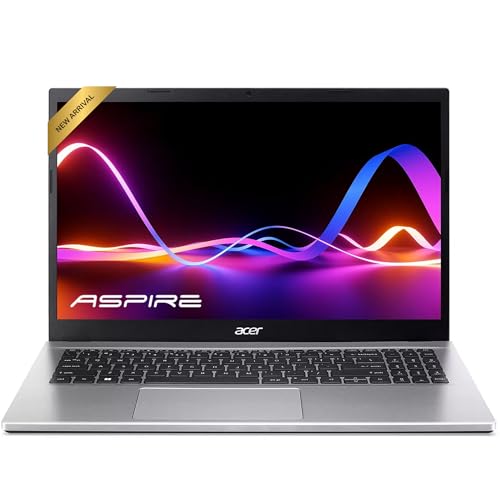




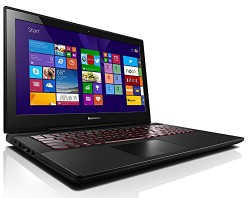

 Fresh ideas for Christmas Stocking Stuffers 2024on 06/02/2016
Fresh ideas for Christmas Stocking Stuffers 2024on 06/02/2016
 Best Makeup For Red Skin to conceal rednesson 04/07/2016
Best Makeup For Red Skin to conceal rednesson 04/07/2016
 How to get rid of red cheeks, or manage themon 04/07/2016
How to get rid of red cheeks, or manage themon 04/07/2016
 Plus Size Halloween Costumes for Women, 2019on 03/30/2016
Plus Size Halloween Costumes for Women, 2019on 03/30/2016
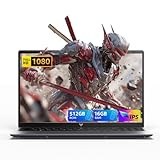
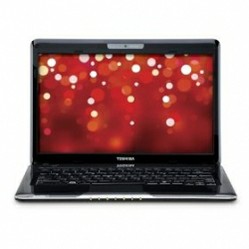
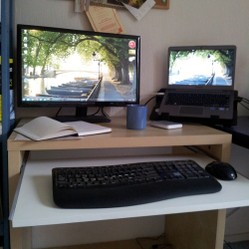
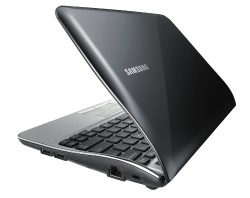
Comments